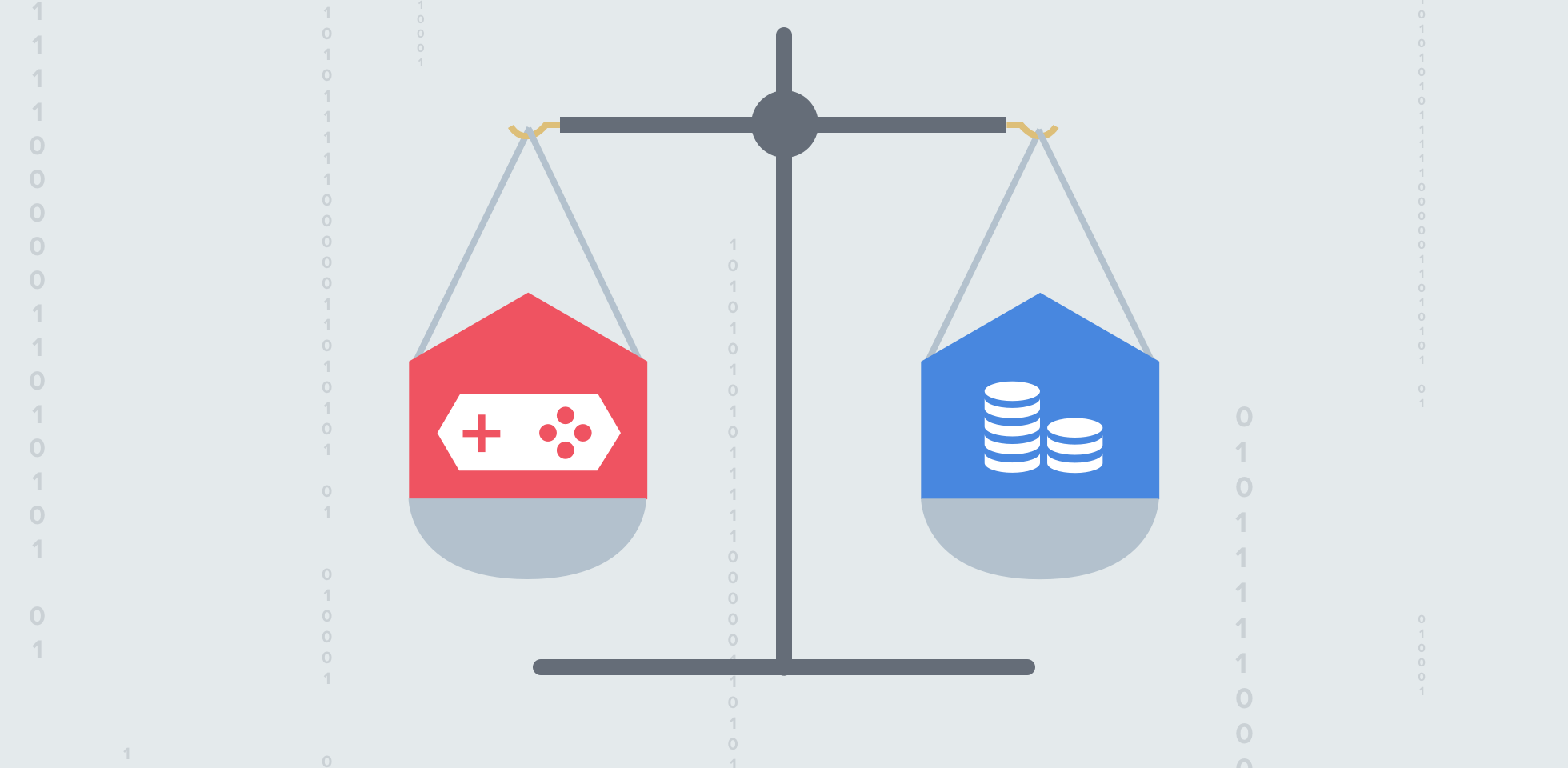
Featured Blog | This community-written post highlights the best of what the game industry has to offer. Read more like it on the Game Developer Blogs or learn how to Submit Your Own Blog Post
The future of F2P: It’s in the balance
It might feel like F2P has been around forever, but in reality the genre is still in its infancy so it’s no surprise that publishers and developers are still finding their feet when it comes to effectively balancing their games.


It was while I was speaking with developers recently at a deltaDNA event that it became acutely apparent, just how many are struggling to balance the player experience with some of the monetization mechanics imposed by F2P.
While it might feel like F2P has been around forever, in reality the genre is still in its infancy so it’s no surprise that publishers and developers are still finding their feet when it comes to effectively balancing their games.
Developers have also been under additional pressure from rising acquisition costs, which in the face of plateauing player lifetime values (LTV) has made acquisition an expensive exercise with no ROI guarantee.
Seismic shift
Publishers and developers have had a lot to contend with in recent times. During the last three to four years we’ve seen the emergence of new business models, gaming platforms and distribution channels, which have all come together to transform the games industry and in turn, redefine the role of the publisher and developer.
Where developers once simply made games and handed them to a publisher to package, market and monetize, today they have a much greater range of responsibilities for the game’s commercial viability across its entire lifecycle, which in F2P can be years. This means that a developer now has to divert attention towards engaging with a raft of acquisition partners, analytics vendors, ad networks and more, whilst still trying to make games which thrill and excite.
However, for most developers, especially Indies, mastering IAP monetization, ad-serving CPM and acquisition costs are specialist areas of expertise which don’t necessarily come naturally. With mobile gaming revenues set to exceed those of console for the first time this year, the incentives to get the balance right are huge.
Balance not choice
The future of F2P is about finding the balance and whether it is understanding retention, acquisition or monetization, it can only be achieved by understanding player behavior at the individual level.
Understanding that all players are not the same is the key to player engagement; be that with making changes to the game play or targeting offers or ads.
What’s become clear is that there are still four main challenges which lie ahead:
1. Getting discovered
While the massive amount of choice available is good for the consumer, getting your game discovered has become a huge problem, with the easy resolution to that problem being extremely expensive.
The industry as a whole needs to focus on finding new and innovative ways of letting people discover games and share them with their friends, while existing systems need to get better at recommending games to people based on player behavior. For example, the ability for publishers to analyze player behavior across an entire portfolio of games already exists, yet few publishers are actually joining up the dots to cross-promote their games.
2. Encouraging users to adapt to new payment models
The F2P model is still a fast-evolving payment model. Giving games away for free is great but forcing players to grind is not fun. The industry needs to find ways to make their offers more appealing and perceived as good value when set against the alternative of grinding through the game. Smaller payment increments are certainly part of this solution, as is widening the number of payers so the industry is less reliant on a diminishing number of ‘whales’. We know that payers who pay later pay more and players who only pay once pay less, so patience is rewarded and we should avoid trying to force early first-time payments to the detriment of lifetime value and concentrate on making payments a thrilling way to enhance the gameplay experience, rather than a chore.
3. Monetizing your game
Getting the balance right between player retention and player monetization is crucially important. Both ad serving and IAP require high retention rates to be effective. The dilemma is that ad serving relies on large numbers of impressions, which points towards it occurring early in the game, but this tends to have an impact on retention by adversely affecting first impressions.
Consequently, we are seeing a polarized approach to monetization, with developers often being either very cautious, by leaving ad serving very late in the playing experience, maybe after 10 or more sessions with a low density, or by implementing a very high ad density, early in the playing experience.
The cautious approach has the risk of reducing monetization potential by limiting the number of ad impressions available, particularly in F2P, as player churn can be very high in the early sessions. Similarly, dialing-up the density of ad impressions across-the-board can accelerate player churn and similarly limit the number of ad impressions, but also adversely affect IAP engagement. Balance is needed, and it can only be achieved by measuring, analyzing and engaging with different playing styles, segmenting them and treating them differently from each other.
4. Knowing your players
As I touched on earlier, the industry has been on a journey of discovery and it’s only recently that we can finally find out what our customers think of the games we create.
The truth is that in spite of many great game ideas, generally player experiences are poor, which is why on average 50% of players never return after their first session, even though the game is free to download.
With advanced analytics we have the ability to really understand our players, how they play and why; what motivates them and what drives them away. With 20% of players leaving in the first 2 minutes of gameplay, developers really need to understand this process in detail, by setting a high concentration of events and analyzing the funnel for first-time users. Combine this with adaptive gameplay that adjusts messaging, offers and in-game parameters for different segments, and publishers finally have the opportunity to start building games that really encourage players to stay and play.
As an industry we’re realizing that while nothing can be achieved without a fantastic game at the outset, the long term success and monetization of any F2P game is reliant on player retention and preserving the player experience. Games have to make money but they also have to be fun for everyone, which is why optimizing the evolutionary challenges of the last three years is essential for the industry to continue to grow and innovate.
Read more about:
Featured BlogsAbout the Author(s)
You May Also Like







.jpeg?width=700&auto=webp&quality=80&disable=upscale)








